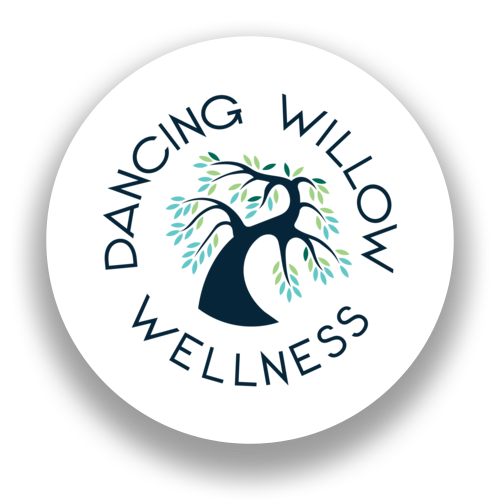Chasing Dopamine – What It Means and Why It Matters
Welcome to part five in my series ~ ADHD 101. Each article looks at a different aspect of what it’s like to work, love, and live with ADHD. I’m a psychotherapist and someone with ADHD myself, and I’m here to unpack the science and the lived experience because both matter.
If you’ve ever felt like you’re constantly chasing stimulation, excitement, or that next quick hit of satisfaction, you’re not broken. You’re not flaky. You’re chasing dopamine. And that’s a real thing.
So… What Is Dopamine?
Dopamine is a neurotransmitter, a chemical messenger in the brain, responsible for motivation, reward, and reinforcement. In simple terms: dopamine tells your brain, “Hey, this thing feels good. Let’s do more of it.”
It plays a central role in drive, focus, pleasure, and forming habits. Neurotypical brains have a more balanced dopamine system. They can move through boring tasks, finish to-do lists, and delay gratification more easily.
ADHD brains? Not so much. We have lower levels of dopamine and issues with how it’s used in the brain. This is why we struggle with motivation, procrastination, and follow-through, not because we’re lazy, but because our brain’s reward system is underpowered.
Novelty, Risk, and the Dopamine Chase
ADHD brains are wired for interest-based motivation. That’s why we can hyperfocus on something fascinating and still completely forget to do something “important” like pay a bill or return a text.
We seek out:
Novelty – new experiences, new hobbies, new obsessions
Urgency – last-minute deadlines can spark just enough panic to finally get moving
Risk – thrill-seeking, danger, or high-stakes situations can feel weirdly calming or addictive
The problem? Chasing dopamine this way often leads to impulsive decisions, inconsistent behavior, or even burnout. What feels exciting at first can quickly spiral into chaos, overspending, unhealthy relationships, or unsafe situations.
Dopamine and Food
Our brains don't just chase dopamine through thrill-seeking, they also do it through food. Especially quick, highly palatable food: sugar, salt, fat, carbs. These foods give the brain that immediate hit of dopamine it craves. That’s why ADHDers are more likely to emotionally eat, binge snack, or skip meals and then crash later.
But here’s the catch: nutrition is one of the key factors in supporting dopamine production.
When we skip meals, eat mostly junk and/or forget to hydrate, our bodies struggle to produce the dopamine we already lack. So we get trapped in a loop: low dopamine → crave dopamine hits → reach for junk food or stimulation → crash → repeat.
So What Can You Do?
You can’t force your brain to make more dopamine but you can create the conditions that support better balance. Here’s where to start:
1. Feed Your Brain (Literally)
Eat protein-rich meals (especially in the morning). Protein provides amino acids like tyrosine, a building block for dopamine.
Avoid long gaps between meals. Blood sugar dips make ADHD symptoms worse.
Consider high-quality omega-3 supplements; studies show they can help with focus and mood regulation.
2. Find Healthy Dopamine Sources
Exercise regularly. Movement naturally boosts dopamine (and other feel-good chemicals).
Seek novelty in safe, enriching ways: new books, new creative outlets, new hiking trails.
Use colorful markers to jazz up your to-do list. Make your favourite song into an alarm sound. Buy a sparkly water tumbler. Put novelty into the ordinary.
Break tasks into mini “wins.” Each small success gives a mini reward and trains your brain to expect gratification from progress, not just results.
3. Know the Triggers
Be aware of when you’re chasing dopamine to avoid discomfort (boredom, stress, loneliness). If you find yourself constantly checking your phone, scrolling, snacking, or seeking drama, ask: What am I trying to escape right now?
That pause might be enough to redirect toward something that still gives you stimulation but without the crash.
A Few More Things…
Dopamine isn’t about indulgence, it’s about survival. ADHD brains are wired to seek stimulation not because we want to cause chaos, but because without it, we can’t function the way we need to.
Chasing dopamine is real. The goal isn’t to stop chasing it, the goal is to redirect the chase toward things that energize, nourish, and support you long-term. So eat, move, play and rest in a way that works for you. You deserve all the dopamine you can get… just in ways that won’t burn you out.
Alicia
PS - if you missed the first four articles, you can find them here:
The ADHD Brain and Emotions: Why We Overreact and How to Cope
What Rejection Sensitivity Really Feels Like (And Why It’s Misunderstood)
If you’re curious about learning more, here’s the next article in the series:



